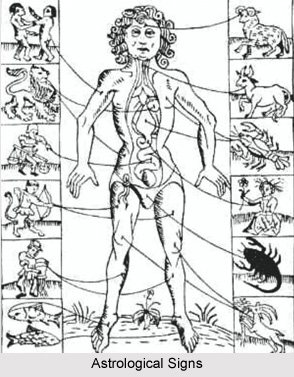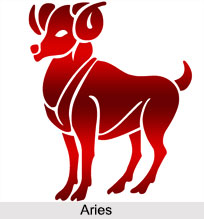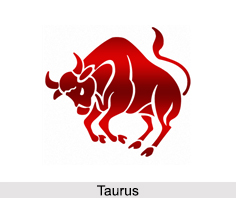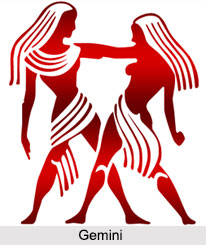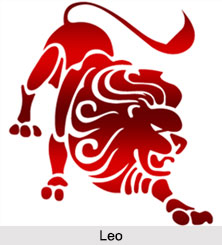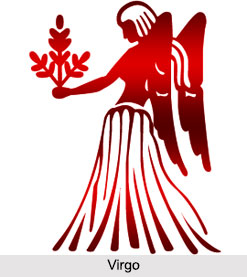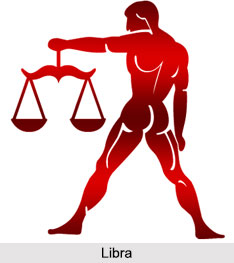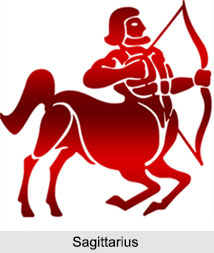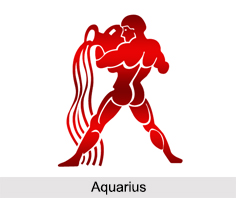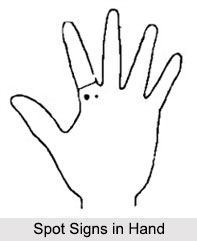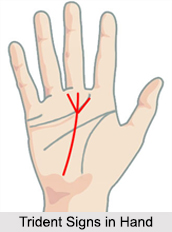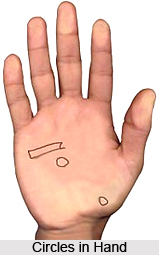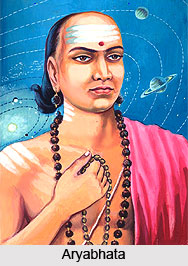 Aryabhata I like Vararuci I was one of the scholars who existed in South India during 467- 550 AD who is popularly known for his personal observation regarding the rotation of the earth within itself as well as around the Sun. His main contributions which are noted in number of texts, has been referred by a number of scholars as Bhaskara I, Brahmagupta, and Varahamitra. Aryabhata has been the first to declare that the moon did not possess any light of its own and derived its light from the Sun and both the Moon as well as the Earth rotates round the sun to complete its axis. The text of Aryabhata known as Aryabhatiya is very popularly accepted in the northern part of India as well as outside India in the Northwestern part of India which was distributed by the Sasanian Empire of Iran who had a profound influence in the growth of Islamic Astronomy.
Aryabhata I like Vararuci I was one of the scholars who existed in South India during 467- 550 AD who is popularly known for his personal observation regarding the rotation of the earth within itself as well as around the Sun. His main contributions which are noted in number of texts, has been referred by a number of scholars as Bhaskara I, Brahmagupta, and Varahamitra. Aryabhata has been the first to declare that the moon did not possess any light of its own and derived its light from the Sun and both the Moon as well as the Earth rotates round the sun to complete its axis. The text of Aryabhata known as Aryabhatiya is very popularly accepted in the northern part of India as well as outside India in the Northwestern part of India which was distributed by the Sasanian Empire of Iran who had a profound influence in the growth of Islamic Astronomy.
Early life of Aryabhata I
Aryabhata I among the astronomers of Kerela followed Vararuci II, was popularly known for discovering a new trend of Indian Astronomy which depended on the rotation of the earth. Before Aryabhata`s innovations the Ancient Hindu astronomers were not certain whether the earth was round and spherical in shape or not; but after Aryabhata`s discovery a new trend of mathematical calculation began which now depended on the circular movement of the earth. It has been estimated that Aryabhata was only 23 years of age when he wrote his first volume on astronomical innovations when he set forth the work of Science which is hold in high esteem in Kusumapura, a place near Patna where it is often confused with the birth place of the scholar.
Works of Aryabhata I
Aryabhata I in his precious work often refers a region called asmaka which is later on known as Asmaka which probably refers to the state of Kerela which can be marked as his place of work. Aryabhata`s mathematical and astronomical masterpiece has been divided into four sections which include Gitikapada, Ganitapada, Kalakriyapada and Golapada. Among these Gitikapada primarily discusses the role of mathematics in calculating the grahas which is based on Dasagitika which deals with the alphabetic system of expressing numerical; it also includes the astronomical elements and astronomical parameters which help to calculate more accurately. The two remaining sections of Kalakriya and Golapada deal with astronomical principles and methods which are required for computing in a highly condensed manner. While he does not mention anything regarding the longitude of the earth or even specifically the latitude, he at the same time accepts that the earth is round or Gola in shape which means spherical in shape which has its own planetary motion which includes the prime vertex, meridian, horizon, hour circle, equator and eclipse. The sun, the moon, the planets, and the earth`s shadow all rotate along with the ecliptic which is inclined towards an angle of 24 degree and the motion of the earth is westward tilted.
Contributions of Aryabhata I
Thus among the ancient Hindu astronomers Aryabhata I was the first who provided a scientific explanation accompanied with mathematical calculations, the theory of Earth`s shape, its vertical axis, its rotation around the sun and its own planetary motion which decides the hours of the day and night; a knowledge which was earlier known to the Greek astronomers only and Hindu Astronomy remained completely blank on this. Because of this vital innovation Aryabhata has been regarded as the father of modern day Hindu astronomy.
